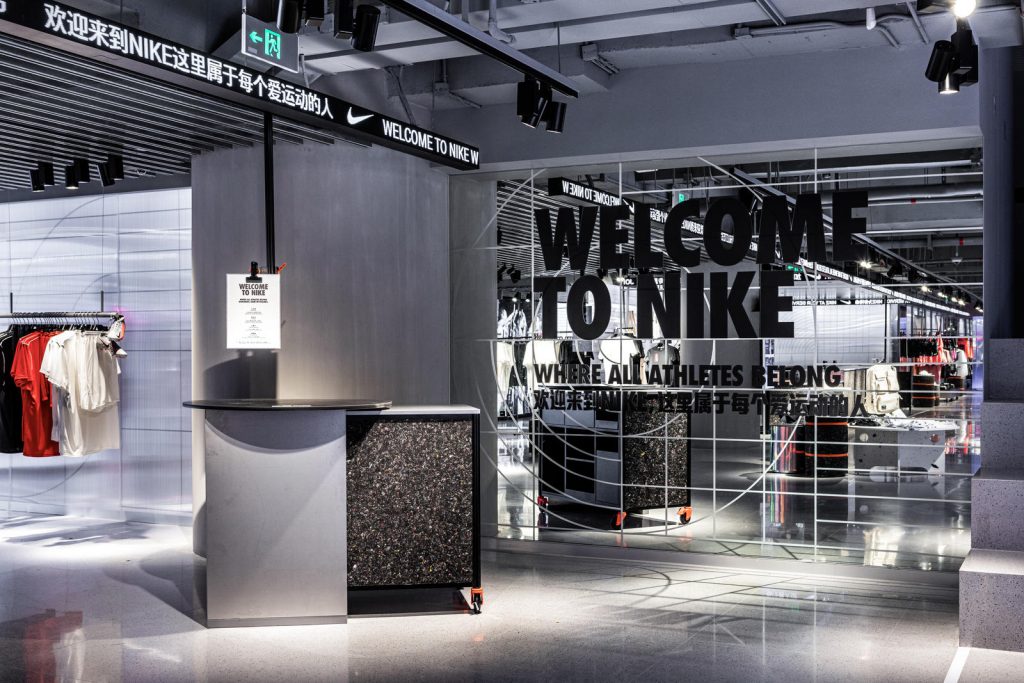
Key Takeaways:
- The adoption of a healthier, minimalist lifestyle pushed consumers to embrace the Dieter Rams mantra: “Less, but better.” Instead of pursuing trends and the latest fashions, Chinese luxury shoppers want investment pieces.
- The second Wave Of The Trend Lens consumer study conducted by Agility Research & Strategy shows that 54 percent of the Chinese HNWIs interviewed plan to buy more expensive luxury items.
- Hermès Birkin leather handbags and fine jewelry are stable investments in China.
The last year has been catastrophic for retail and luxury. However, one of the most surprising effects of the pandemic has been the rise of new luxury sub-segments exceeding our expectations.
Even though China has gone back to work, reverberations from the stay-at-home economy still linger. Consumer spending and behavior have been altered (at least for the medium-term), and most shoppers have learned to prioritize wellbeing, comfort, and non-discretionary expenses.
The rise of a post-aspirational mindset and the adoption of healthier, minimalist lifestyles also pushed consumers to embrace the Dieter Rams mantra: “Less, but better.” Instead of pursuing trends or the latest fashions, Chinese luxury shoppers are chasing investment pieces.
Meanwhile, the second Wave Of The Trend Lens consumer study conducted by Agility Research & Strategy shows that 54 percent of the Chinese HNWIs interviewed plan to buy more expensive luxury items.
Hermès Birkin leather handbags and fine jewelry are stable investments; hence, they had a swift recovery. Interestingly, this unique consumer buying behavior is similar to what we had seen in more mature markets like the US.
Edahn Golan, the founder of Edahn Golan Diamond Research & Data, explained that fine jewelry sales in the US have picked up again from the early months of the pandemic, gaining strength heading into the summer. Fine jewelry sales went up by almost 10 percent to $5.25 billion during August, year-on-year, according to CNN Business.
Among other things, the world’s largest diamond jewelry retailer, Signet Jewelers Limited, announced that the company’s preliminary August sales for all jewelry are up 10.9 percent compared to 2019, CNN Business reports.
Now, let’s take a look at the segments that are over-performing in China:
1. Workout gear
According to the South China Morning Post, China’s health & wellness industry is estimated to grow by 19.2 percent to$145.1 billion by 2025. The pandemic has undeniably triggered a global health & wellness boom, and Lululemon Athletica — a company that believes “in a holistic approach to wellbeing” — has benefited immensely from this trend.
“We saw a 45 percent revenue increase in international markets, and despite all that happened in the world, China delivered a really strong performance with total revenue increasing by more than 100 percent in the third quarter,” said Calvin McDonald, Lululemon’s chief executive, in the South China Morning Post.
McDonald believes that the company can maintain dynamic sales even after the arrival of Covid-19 vaccines. “We don’t see any dramatic impact in the reduction of the momentum in the business… there are a lot of drivers of growth within the marketplace,” he said in an interview on “Mad Money.” “I think there are some lasting [pandemic] inflection points across the guests.”
McDonald correctly states that consumers have learned to prioritize health and wellbeing. As such, activewear and workout gear are here to stay.
Overall, the global health & wellness industry increased by about 6 percent to $775.5 billion in 2020, while China’s industry grew by 3.3 percent to $121.7 billion, according to Euromonitor. And by 2021, China is estimated to hit $145.1 billion.
2. Athletic footwear
Considering China’s rekindled passion for sports and wellbeing, it’s hardly surprising that athletic footwear is also growing in momentum. Take, for example, Nike’s strong sales during Singles’ Day, helping the brand raise its financial outlook for 2021.
“With sales somewhat stagnant on its home turf, Nike has been doubling down on the China market, seeing the region as a key growth opportunity for the brand,” says Lauren Thomas, CNBC’s retail and real estate reporter. “Over the summer, it opened a new kind of store called Nike Rise at a mall in Guangzhou, which holds local meetups for its mobile-app users.”
CNBC reports that Nike’s revenue grew 24 percent in the Greater China region year-on-year, compared to just one-percent growth in North America.


 Previous Post
Previous Post
